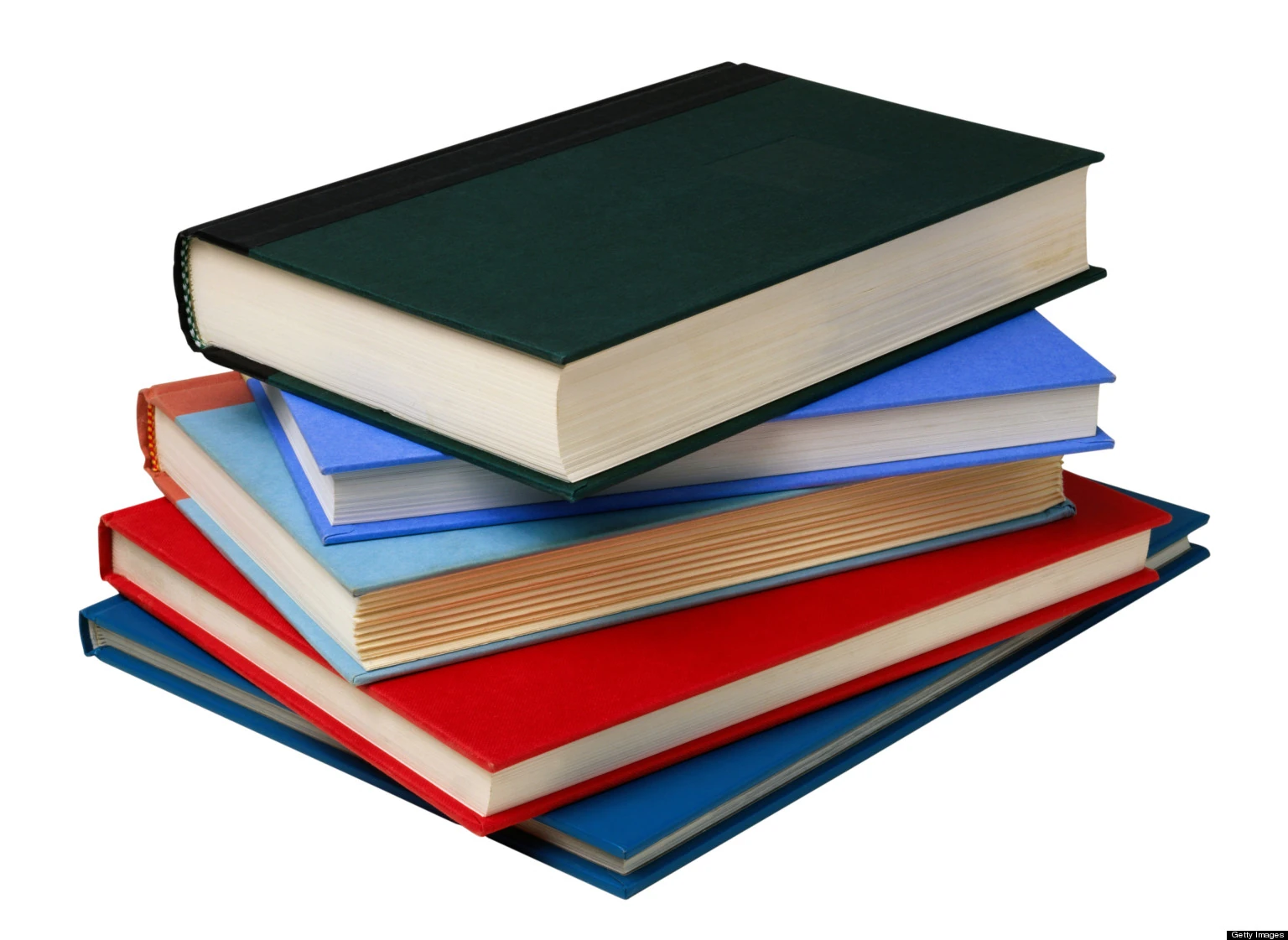Thinking drives the teaching/learning process.
The more powerful the thinking the greater the learning.
Thus, CLIL is driven by cognition too.
And it implies the ability to
perceive, recognize, judge, reason, conceive and imagine
(Bloom’s Taxonomy)
CLIL supports the holistic development of learners.
Its ultimate goal is to guide them towards becoming independent learners
who gain content and language skills and who seek opportunities
for communication.
The main focus in CLIL is the content as opposed to form.
The purpose of this approach is to contribute to the
long-term application of knowledge learned. So,
teachers will provide new information and will teach students
to create new connections with the previous knowledge they already have.
As a result, students will be able to develop new skills and attitudes.
Meaning-making is both a personal and a social process (community).
Therefore, new knowledge and skills are developed through personal
as well as co-operative reflexion/analysis (cognition) and
through a communicative process (communication).
Discussion, reflexion, the drawing of conclusions related to the experience
associated with the use of new knowledge and skills help to cement learning.




















